 Love her and leave her coming after you for revenge. 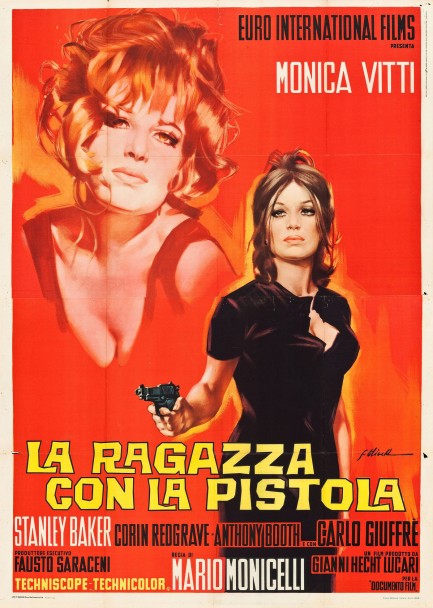
We didn't know La ragazza con la pistola, aka The Girl with a Pistol, was a comedy. Based on this beautiful poster painted by Giorgio Olivetti we never considered the possibility that it was anything other than a crime thriller. But mere seconds into our screening we realized it was a sort of screwball adventure. Sometimes you get fooled. Basically, Monica Vitti plays a Sicilian woman who is devirginized and abandoned by Carlo Giuffrè, is therefore labeled “dishonored” by her family and everyone in her village, and thus feels compelled to chase Giuffrè all the way to Edinburgh to kill him. Giuffrè manages to evade her, forcing her to follow him to Sheffield, Bath, and beyond (as she's tormented by a Sicilian chorus of wailing villagers during interstitial segments). So what you get here is a sort of wacky fish-out-of-water comedy. The movie is also a satire of traditional Italian social values. Though Vitti's character was a virgin, because she gave in to Giuffrè he automatically considers her a whore—that old paradox. Other explorations of outdated gender roles occur, including the idea of aggression versus resistance in romance. And it's eyebrow raising how men in this era—or at least in this movie—don't consider women to have possession of their own bodies. Vitti is pawed, harassed, and kidnapped—for comedic purposes, but still. The idea of using violence to retain honor pops up more than once too. All in all, La ragazza con la pistola is fascinating cultural exploration, legitimately funny in parts, headlined by one of Europe's great vintage stars. It's worth a look—even though it isn't a crime thriller. It premiered in Italy today in 1968.
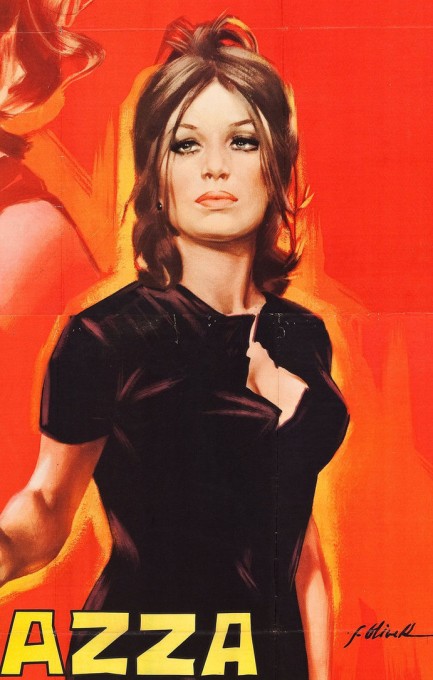 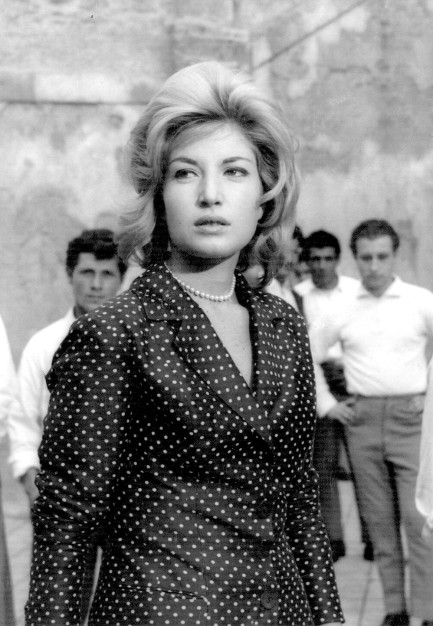 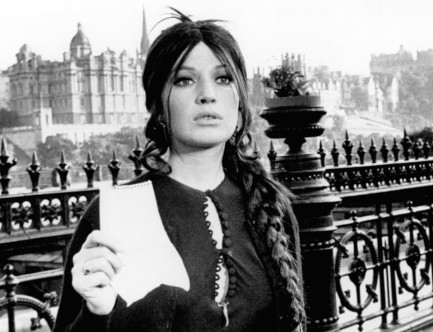 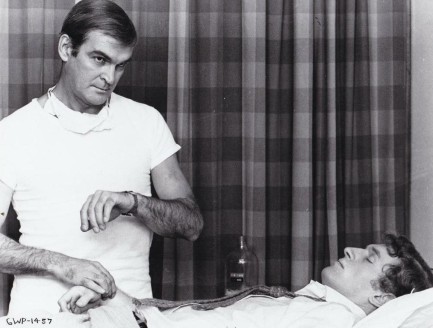 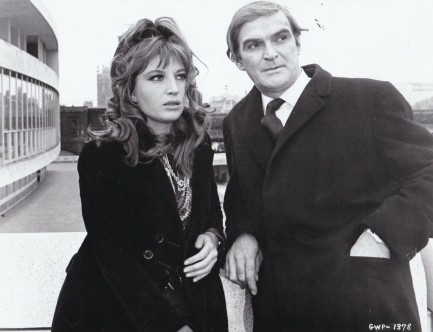 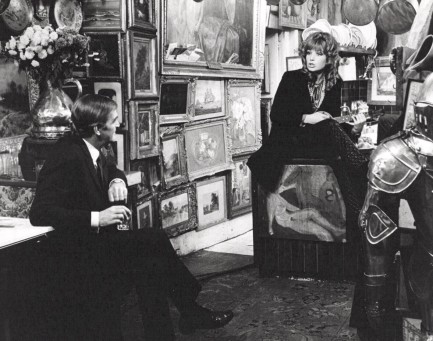 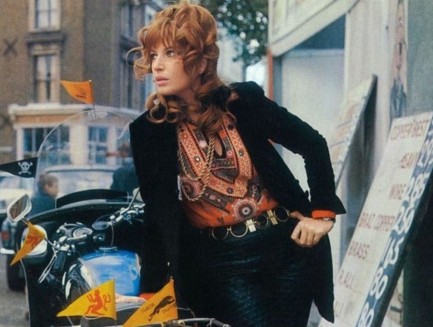 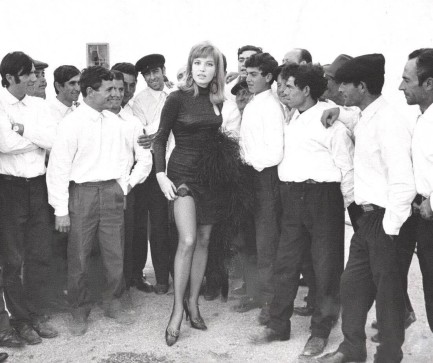
 Don't lose hope. If we survive this we'll probably both get a chance to act in better movies. 
This poster was made for the horror movie The Terror, and we're showing you the Japanese promo art because—as is often the case—it's nicer than the U.S. promo. Boris Karloff and Jack Nicholson star, actors passing in the night, Karloff aged seventy-six and on the downward slope of a legendary film career, Nicholson aged twenty-six on the upslope. The latter plays a French army lieutenant named Andre Duvalier who becomes stranded circa 1806 in ye olde creepy-ass castle on the hill, which is occupied by Karloff's rickety Baron Victor von Leppe. Jack sees a mysterious woman wandering around. Karloff explains that she's the ghost of his wife, the Baronness Ilsa von Leppe, who died twenty years ago. Nosy Nicholson doesn't believe that for a millisecond, but the Baron sticks to his story, even admitting he killed the Baronness with his bare hands for the crime of adultery. Nice confession, but the Baron is lying or being duped, as far as Nicholson is concerned. In either case, the question is why?
Director Roger Corman was working from an Edgar Allen Poe template here, and in fact he shot on castle sets originally used for The Raven, which had wrapped earlier in the year. It's always good to save a buck where you can, but any advantage was lost due to Corman working from an unfinished script, which led to reshoots by Francis Ford Coppola, Dennis Jakob, Monte Hellman, and Jack Hill. All that talent wasn't enough to put together a film befitting Nicholson and Karloff, but the two leads do their damndest, and the result, though not good, isn't an embarrassment. Afterward, Karloff continued coasting into the twilight, Nicholson and Coppola moved on to widespread acclaim, Hill helped launch the blaxploitation cycle and make a star of Pam Grier, and Hellman directed the cult masterpiece Two-Lane Blacktop. It's a miracle they all contributed something lasting to cinema, because you'd never suspect it watching The Terror. It premiered in the U.S. in 1963 and reached Japan today in 1964.
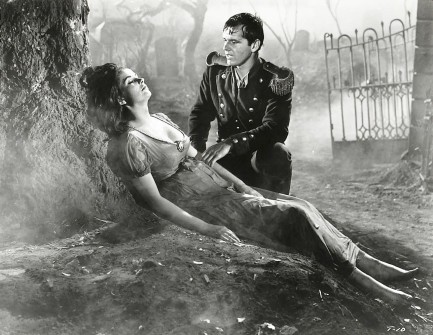 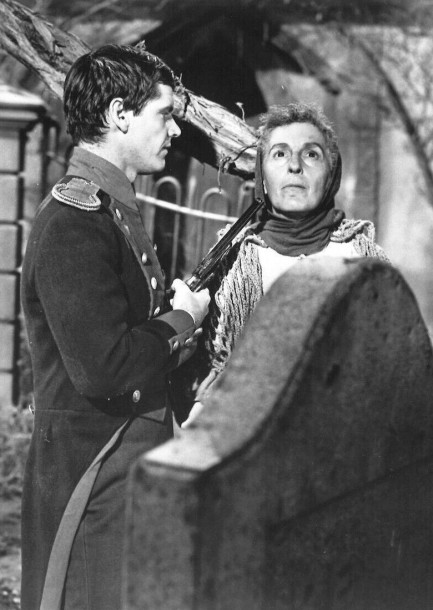 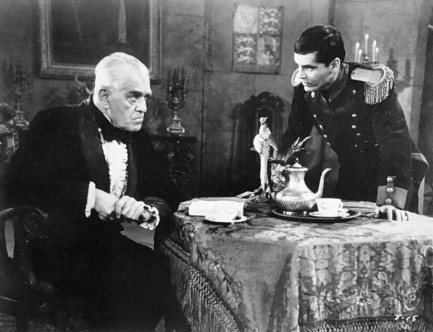 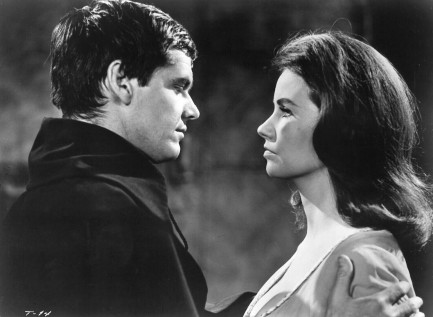 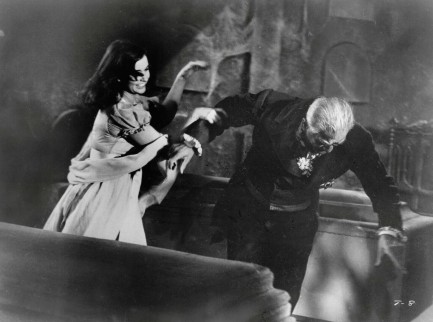 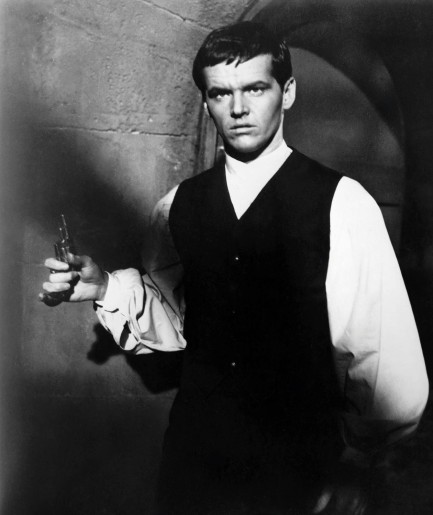 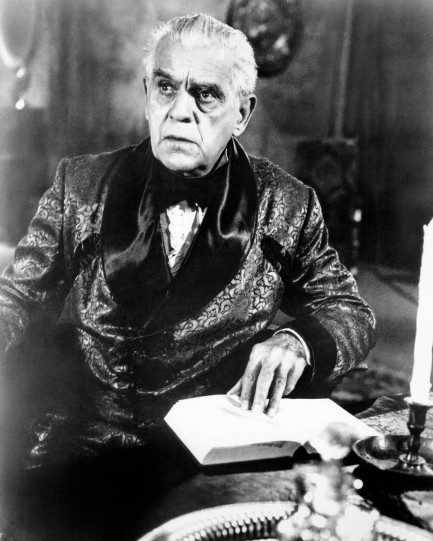 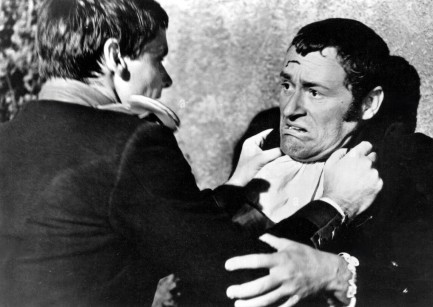
 Learn how to be a killer in one easy novel. 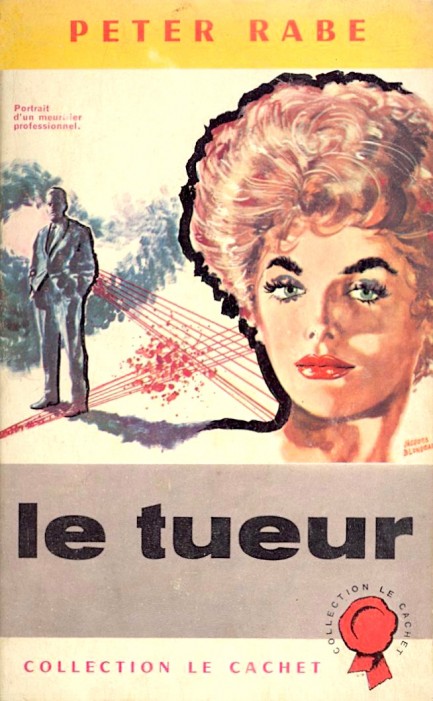
Above is a colorful cover for Peter Rabe's Le tueur, a book better known as Anatomy of a Killer. It was published as the latter in 1960, with this French translation from Éditions de la Trevisse appearing the next year. Obviously, there was a better known novel—actually a novela—by John. D. Voelker, aka Robert Traver, called Anatomy of a Murder that was published in 1958 and became an acclaimed Jimmy Stewart movie in 1959. Why did Rabe choose such a similar title? No idea. But the title tells the story: detailed examination of a professional hitman, as the narrative follows him from killing to killing. The art on this is by Jacques Blondeau, who painted numerous book covers during the 1960s. Based on this nice effort we'll stay alert for more of his work.
 I came up with it all by myself. Totally groovy, right?   
These shots show U.S. actress Teresa Graves today in 1970, and despite the fact that her bizarro hairdo makes her look counterculture, she was in Washington, D.C. attending the Honor America Day celebration. If you've never heard of Honor America Day, that's because it was a one-off, hastily cobbled together by then-president Richard Nixon, who was under pressure due to his decision to send U.S. troops into Cambodia during the Vietnam War, a move which precipitated a protest at Kent State University at which Ohio National Guard troops shot and killed students. Graves was a minor television star at the time, a recurring guest on the show Rowan & Martin's Laugh-In, however she was a natural for the D.C. event because she had built her career partly by touring Southeast Asia as a singer with Bob Hope's USO show. She would eventually become a major star on the police drama Get Christie Love! By then she'd ditched the hairdo that looked like it picked up signals from space for something conventional, as you can see at this link. But whatever shape her hair took, she was quite beautiful.
 The artist is almost as mysterious as his posters. 
You can see immediately that this Universal Pictures teaser poster for 1933's The Invisible Man is special. You'll find out how special in a minute. It was painted by Hungarian born artist Karoly Grosz, whose work is highly sought after. With this dark portrait he captured the essence of the film's insane central character Dr. Jack Griffin, who accidentally discovers invisibility and decides, what the hell, he'll use it to take over the world. An original of this poster went up for auction a few years back and pulled in $275,000. That's about as special as vintage art gets.
Halloween is today, so we thought we'd share more horror posters. Since Grosz specialized in that genre, we were able to focus solely on him and his work for Universal. Though he's a collectible legend, his bio is a bit sketchy. He immigrated to the U.S. in 1901 as a child, was naturalized as a citizen, and grew up to live and work in New York City. His output came mainly between 1920 and 1938, and he died young sometime after that (nobody is sure when, but most sources say he was in his early forties). At least he left behind these beautiful gifts to cinematic art. You can see another piece from him in this post from a while back, the one with the green-eyed cat.
 He's a dead man walking but he's got big plans. 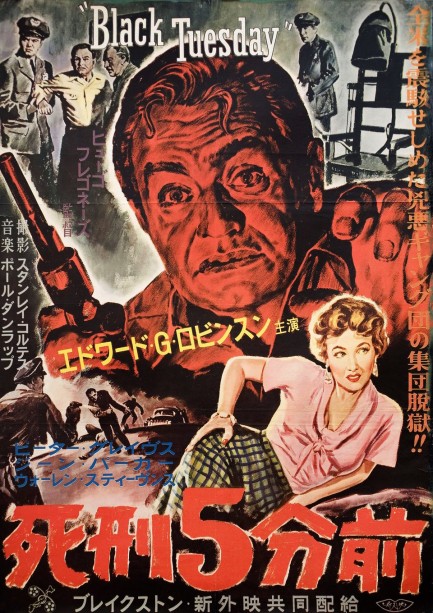
Above, a super Japanese poster for Black Tuesday, the Edward G. Robinson death row escape drama we discussed a couple of weeks ago. The distributors renamed it 死刑5分前, which means, “5 minutes before the death penalty.” The movie opened in Japan today in 1955, and you can read more about it here.
 Eddie G. never goes down without a fight. 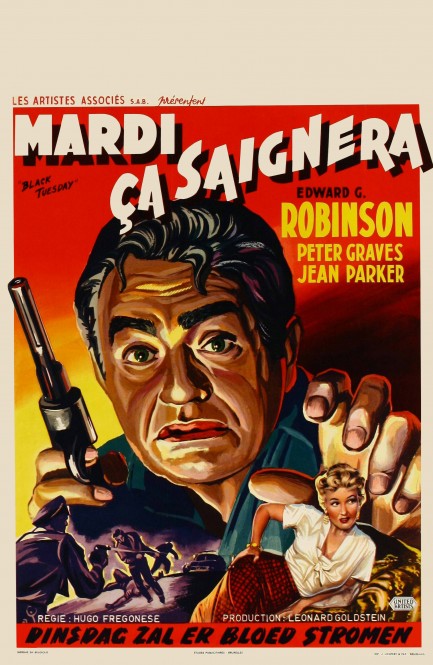
Mid-century Belgian promo art strikes again. This is an epic poster. It was made for the crime drama Black Tuesday, which played in Belgium as Mardi ça saignera (French title) and Dinsdag zal er bloed stromen (Dutch title). Edward G. Robinson and Peter Graves star in the tale of two death row inmates who escape prison and go on the lam. Graves has hidden $200,000 from a bank robbery and Robinson plans to betray him and steal the dough. Unfortunately, Graves is critically shot during the escape and, even as he lies near death, refuses to say where the money is hidden. This is a pretty nice flick. Virtually any movie with Robinson is worth a viewing. He played many types of characters in his career, but he's known for portraying tough guys, and this is classic Edward G., with all the snarls and sneers fans had come to expect from romps like Little Caesar and Key Largo. And why wouldn't he snarl? Unless a doctor he's taken hostage can save the day the cash he lusts for will never be found. But maybe Graves won't die. Maybe he's tougher than he seems—and smarter too. Robinson never wins in his gangster roles, so it's a question of how he'll lose, not if. But it's always fun watching him fight the bad fight. Black Tuesday premiered in the U.S. in late 1954 and reached Belgium today in 1955. 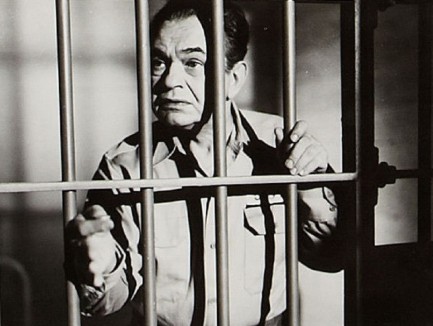 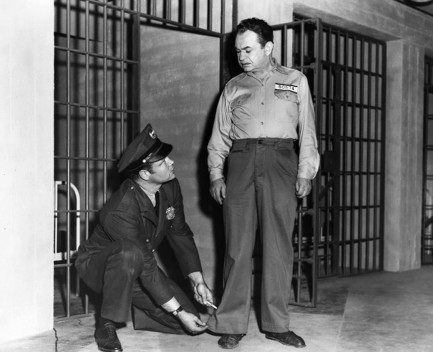 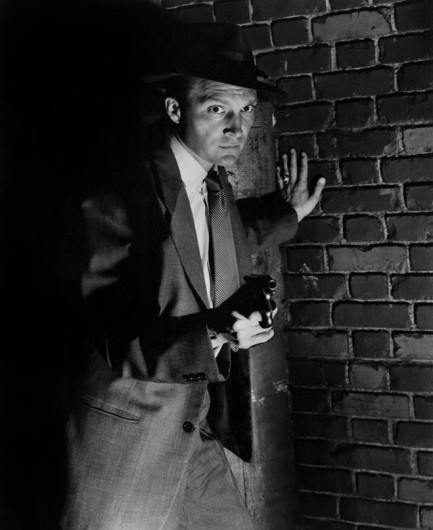 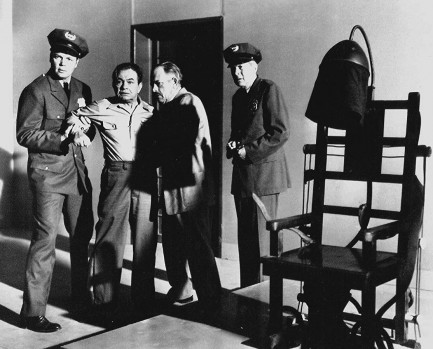 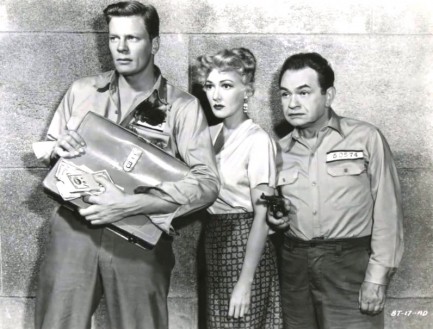
 You probably can't pull this look off but there's no harm in dreaming. 
Above you see a photo of U.S. actress Rosalind Cash modeling what we like to think of as the classic afro, an image we've posted today because recently we ran across a story on Simone Williams, official Guinness World Record holder for largest afro in existence. We don't know if hers is actually the largest, regardless of what Guinness says, but it's a majestic 'do, beyond doubt. It got us thinking about the hairstyle, which in our book is the coolest of all time. There are different types of afros beside just the classic. We wanted to feature all styles, and we also bent the definition a little to include what might be categorized more accurately as large perms. We've labeled all the variations below, which will help when you start on the long, winding, and ultimately fruitless road toward your own blowout. We're aware, of course, that there were many male celebs who had afros, but we're sticking with women today. Your journey begins below.  The pure joy afro, as modeled by Gloria Hendry, who appeared in such films as Live and Let Die and Savage Sisters. The pure joy afro, as modeled by Gloria Hendry, who appeared in such films as Live and Let Die and Savage Sisters.
 The regal, by Diahann Carroll, crown not included The regal, by Diahann Carroll, crown not included
 The bohemian, by Esther Anderson, who appeared in flims like Genghis Khan and A Warm December. The bohemian, by Esther Anderson, who appeared in flims like Genghis Khan and A Warm December.
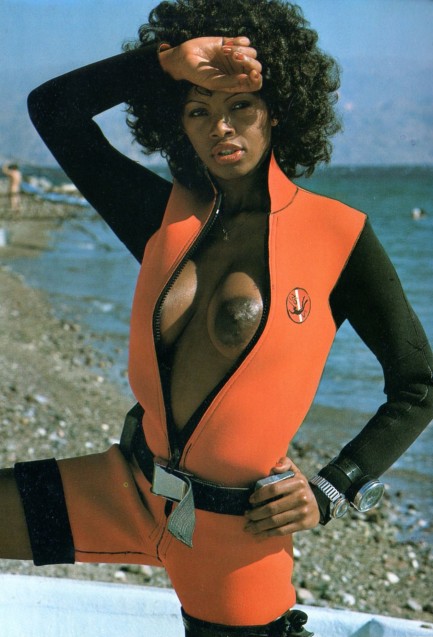 The aquatic, by Camella Donner, who's a true water sprit, as we've shown you before. The aquatic, by Camella Donner, who's a true water sprit, as we've shown you before.
 The iconic, by Pam Grier, who did as much to popularize the afro as any film star in history. The iconic, by Pam Grier, who did as much to popularize the afro as any film star in history.
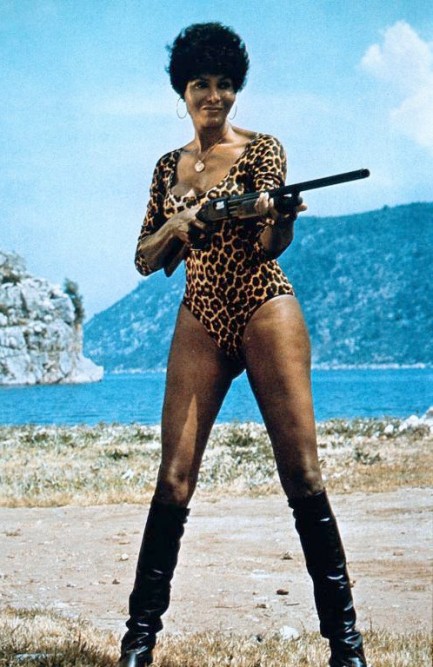 The tall and proud afro, worn by trans b-movie actress Ajita Wilson. The tall and proud afro, worn by trans b-movie actress Ajita Wilson.
 The wild child, seen here atop Italian actress Iris Peynado. The wild child, seen here atop Italian actress Iris Peynado.
 The supreme afro, seen here on Diana Ross. The supreme afro, seen here on Diana Ross.
 The lovely innocence afro, by Brenda Sykes. The lovely innocence afro, by Brenda Sykes.
 The you-could-be-bald-and-still-be-smokin'-hot, demonstrated by Get Christie Love star Teresa Graves. The you-could-be-bald-and-still-be-smokin'-hot, demonstrated by Get Christie Love star Teresa Graves.
 The afro-warrior by Cleopatra Jones star Tamara Dobson. Definitely more in the category of a large perm, but she pioneered the high fashion afro, so she's earned some latitude. The afro-warrior by Cleopatra Jones star Tamara Dobson. Definitely more in the category of a large perm, but she pioneered the high fashion afro, so she's earned some latitude.
 The too-cool-for-you afro/perm by Vonetta McGee. The too-cool-for-you afro/perm by Vonetta McGee.
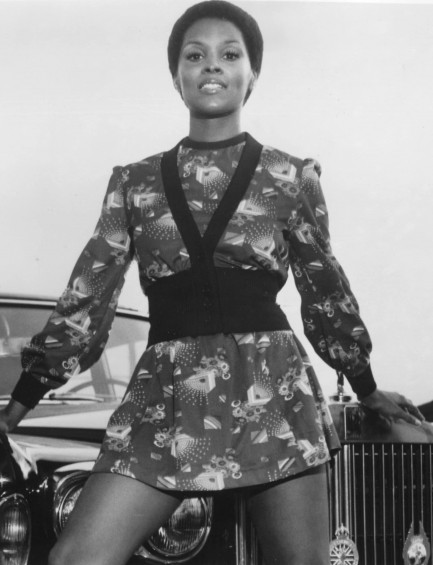 The action afro, seen here on Jeannie Bell. This barely qualifies, but she had one of the largest afros in the history of cinema, so we can cut her some slack. Check her screen shot in this post to be amazed. The action afro, seen here on Jeannie Bell. This barely qualifies, but she had one of the largest afros in the history of cinema, so we can cut her some slack. Check her screen shot in this post to be amazed.
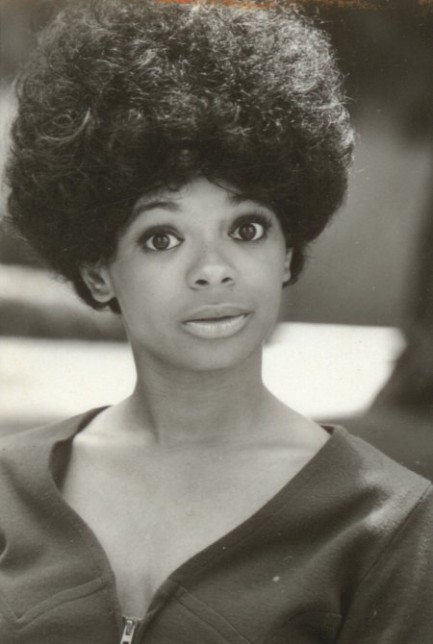 The bright-eyed and bushy, by Carol Speed. The bright-eyed and bushy, by Carol Speed.
 The action afro again, this time by Trina Parks, who sported this look in Diamonds Are Forever. Is it technically an afro? Tell her it isn't and see what happens. The action afro again, this time by Trina Parks, who sported this look in Diamonds Are Forever. Is it technically an afro? Tell her it isn't and see what happens.
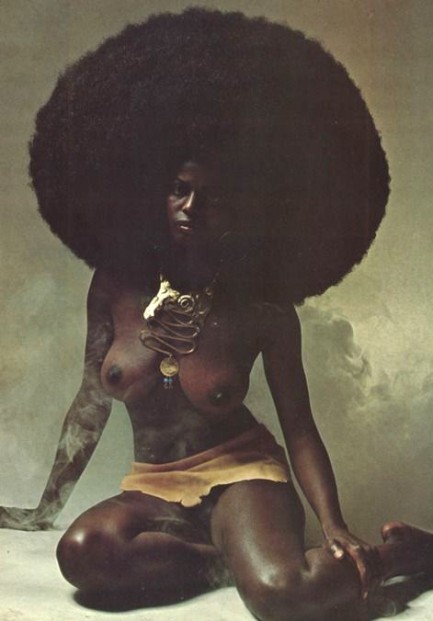 And lastly, the too-big-to-be-real afro, worn by Azizi Johari, whose actual hair you can see here. And lastly, the too-big-to-be-real afro, worn by Azizi Johari, whose actual hair you can see here. There are numerous other afro shots in our website, but we can't possibly remember where they all are, so you'll just have to find them yourself, maybe by clicking the blaxploitation link below. Besides those, we do recall one more afro you can check out. It's on Desirée West, and you'll need to gird yourself for probably the hottest shot in Pulp Intl. history. Ready? Look here.
 For British movie lovers Continental Film Review was their ticket across the English Channel. 
Continental Film Review was first published—as far as we can discern—in November 1952. We decided on that month because we saw a copy from February 1953 numbered Vol. 1 Issue 4, and the masthead said the magazine was published the first week of every month. CFR would go on to become one of Britain's most popular film magazines, exposing English language readers to the wide variety of foreign movies being made across continental Europe. The above issue appeared this month in 1966 with cover star Maria Pia Conte, and numerous film personalities inside, including Vanessa Redgrave, Alan Bates, Rossana Podesta, Evi Marandi, and more. We have other issues we'll get around to sharing at some point. In the meantime see more here, here, here, and here. 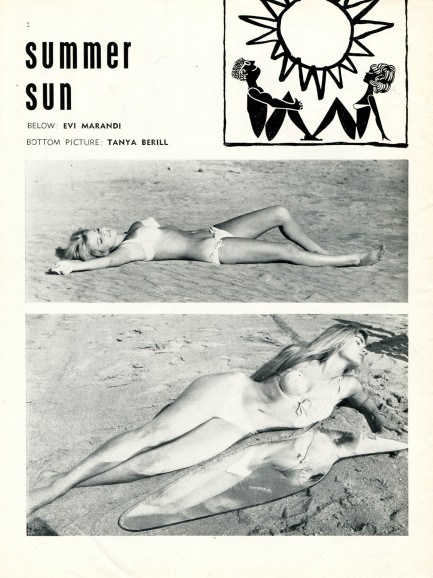   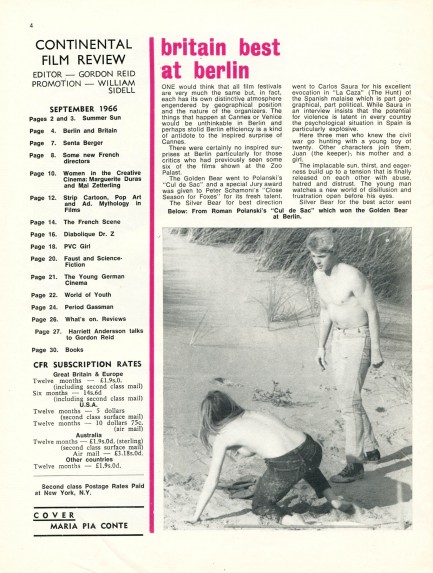 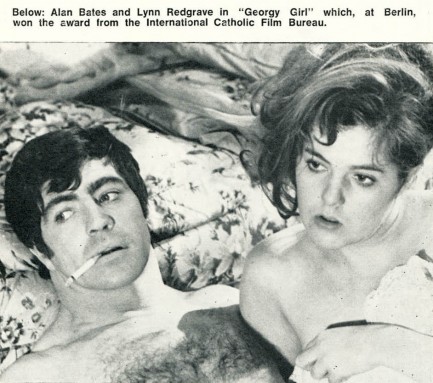   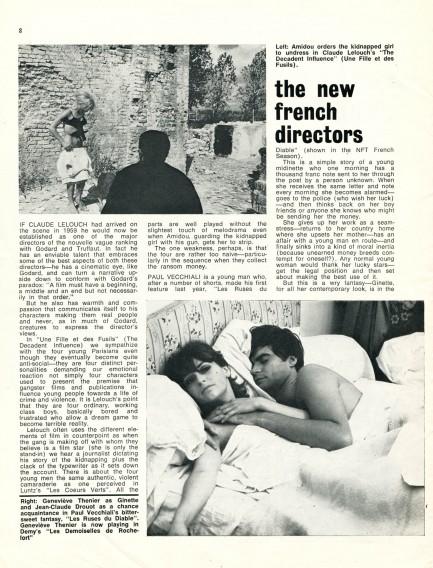 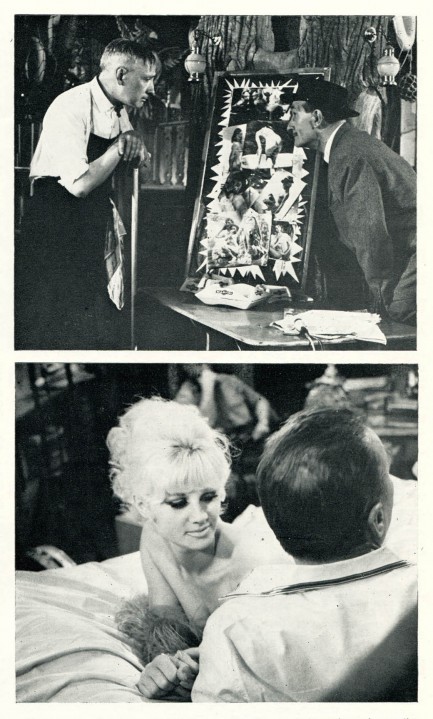 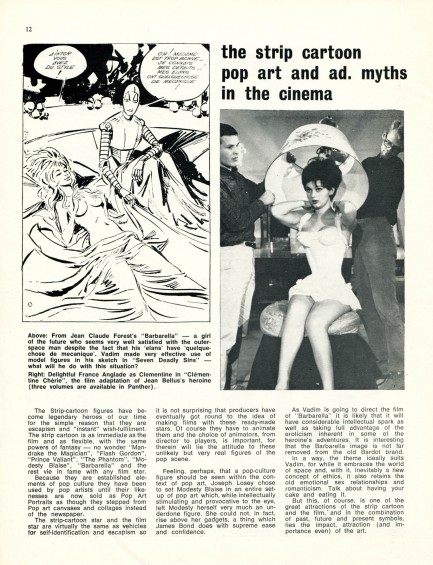 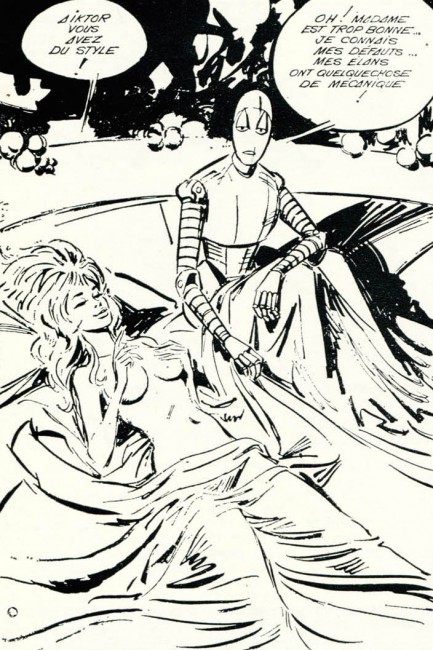 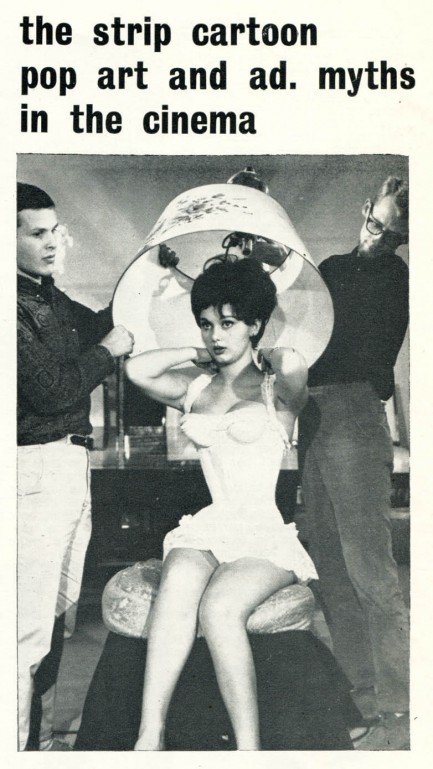 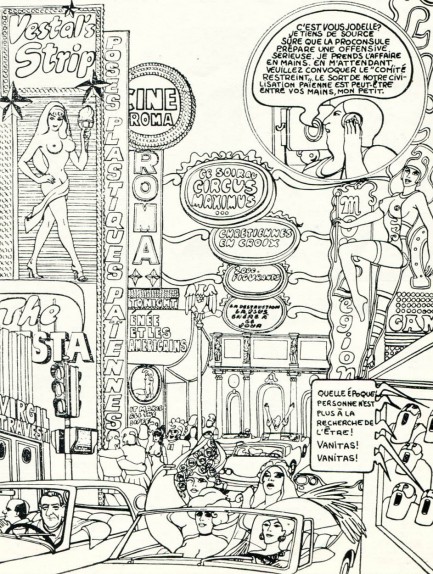 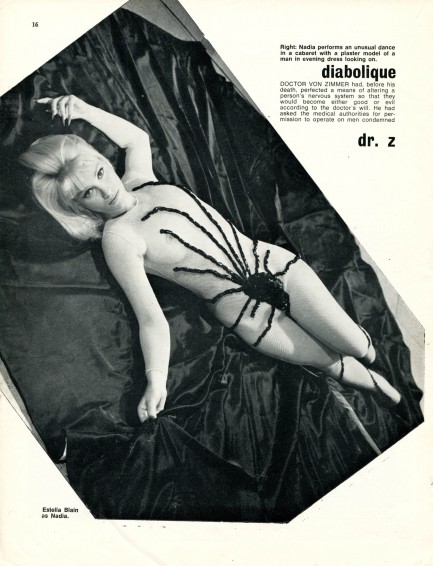 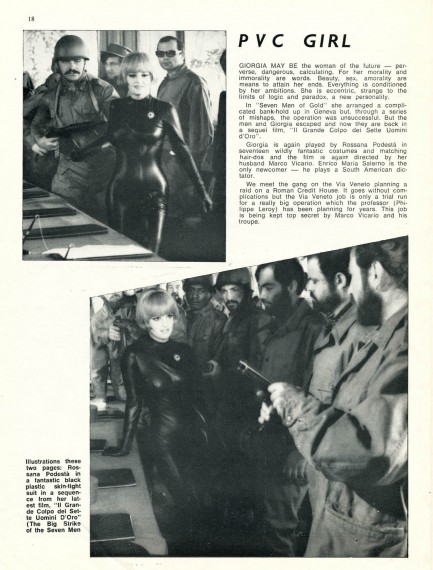 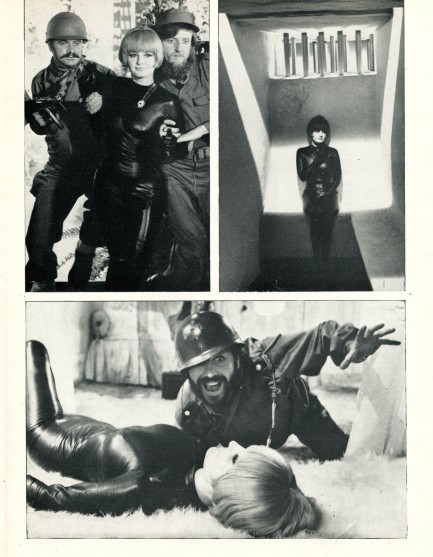  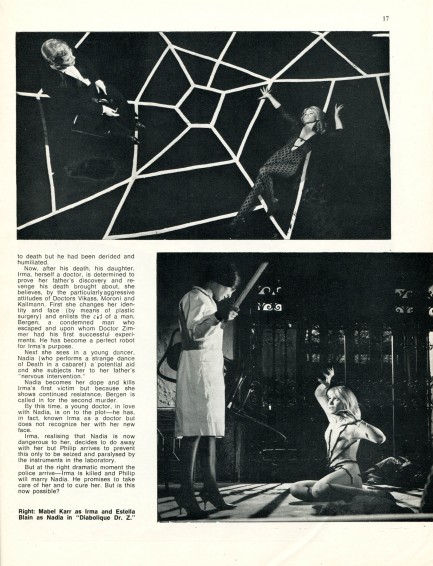  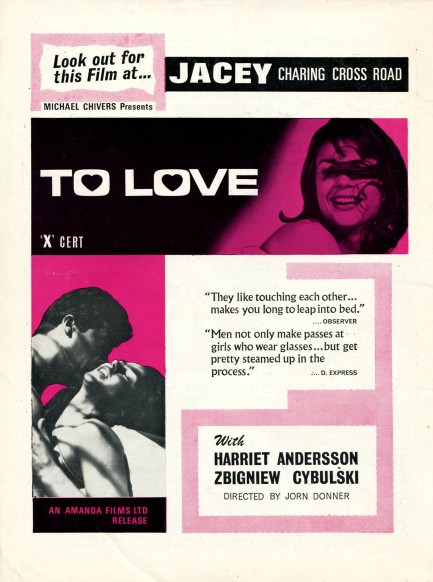
 When you're rich you're never insane. You're just a little eccentric. 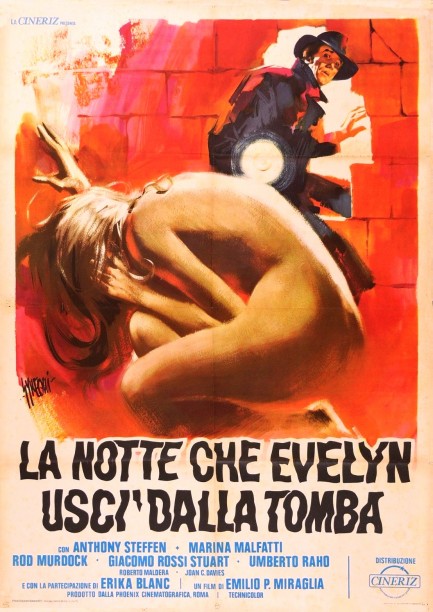
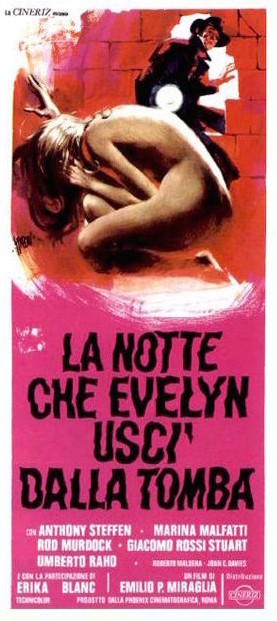 La notte che Evelyn uscì dalla tomba, aka The Night Evelyn Came Out of the Grave, premiered in Italy today in 1971, and is an Italian made, set-in-England, gothic giallo flick for which we shared an unusual Greek poster some years ago. The art on that was retasked from the original poster, which was painted by Sandro Symeoni, a genius we've featured often. If you don't know his work, click his keywords below and have a look. He's worth your time. La notte che Evelyn uscì dalla tomba, aka The Night Evelyn Came Out of the Grave, premiered in Italy today in 1971, and is an Italian made, set-in-England, gothic giallo flick for which we shared an unusual Greek poster some years ago. The art on that was retasked from the original poster, which was painted by Sandro Symeoni, a genius we've featured often. If you don't know his work, click his keywords below and have a look. He's worth your time.
In the movie a British lord violently obsessed with his deceased redheaded wife goes nuts and is committed to a mental institution. When he gets out he immediately brings disrepute to the entire psychiatric profession's notion of “cured” by going on a redhead killing spree. While he's busy reducing rural England's carrottop population one pale person at a time, his headshrinker, who knows nothing of the murders, is encouraging him to remarry in order to get over his dead wife. That doesn't strike us as responsible psychiatric advice, but as we mentioned, there are lousy doctors in this film, so the Lord indeed picks out a suitable spouse, who's blonde, importantly. Things go fine until Mrs. Lord notices a redheaded maid in the manor. This is impossible, you see, because the Lord hates (and kills) redheads. So it goes without saying he'd never hire one. Who was this woman, and why was she there? Soon we're treated to the reliable giallo staples of imposters, unknown people creeping through the woods at night, disappearing corpses, and the question of whether what's happening is real, or is an attempt to induce insanity.
What might induce insanity for you is the screenwriting of the female characters in this flick. They're pure murder magnets. For example, whenever the Lord meets a redhead he yanks painfully on her hair to see if it's real. “Ouch! That hurt!” “Sorry, I thought it might be a wig.” “Oh.” Here's some advice: kick him in the gonads and run like Flo-Jo. Yet the women instead decide painful hair-pulling is just a cute quirk, and later meet their bloody ends. There's also an incredible scene where the Lord slaps his wife around until she's bloody-mouthed, only to finally be stopped by the appearance of a friend, who asks, “Why were you fighting?” Why were you fighting? A more appropriate line might be, “Why were you beating the fuck out of your beloved?” But with this latter incident there may actually be a plotworthy reason the Lord is forgiven. We could reveal it, but that would be a spoiler. Of course, saying it would be a spoiler is a spoiler too. Oh no! Everything is spoiled! We have to murder a redhead now. Is that a non-sequitur? No, it's just giallo.   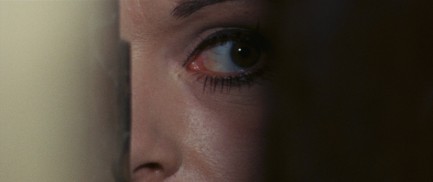 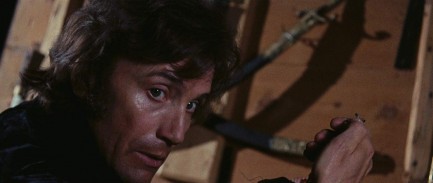 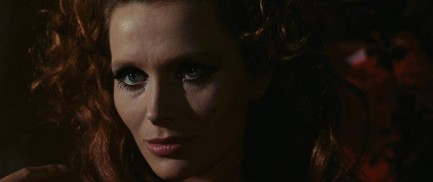 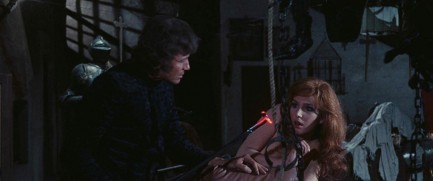 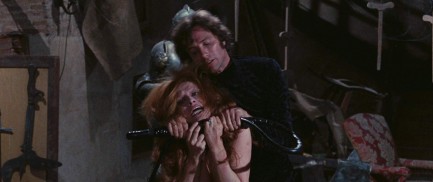 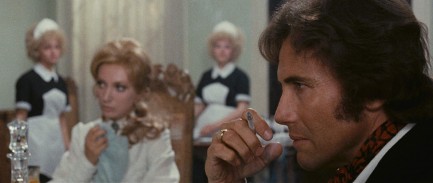 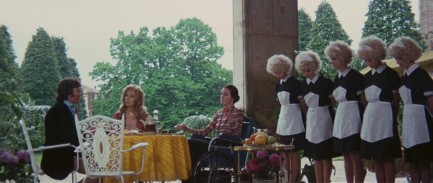 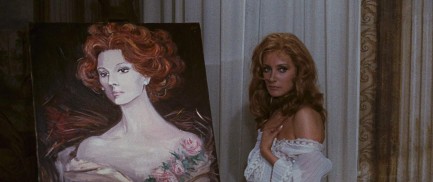 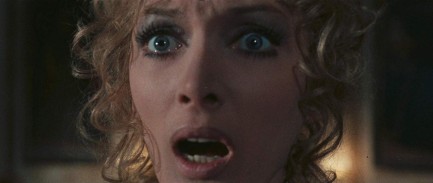  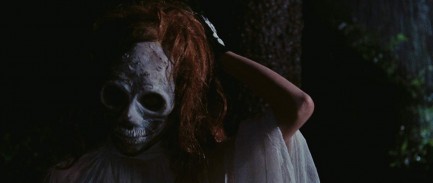  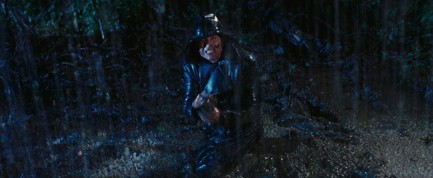  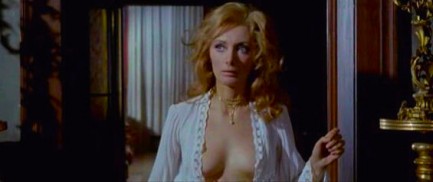

|
 |

The headlines that mattered yesteryear.
2003—Hope Dies
Film legend Bob Hope dies of pneumonia two months after celebrating his 100th birthday. 1945—Churchill Given the Sack
In spite of admiring Winston Churchill as a great wartime leader, Britons elect
Clement Attlee the nation's new prime minister in a sweeping victory for the Labour Party over the Conservatives. 1952—Evita Peron Dies
Eva Duarte de Peron, aka Evita, wife of the president of the Argentine Republic, dies from cancer at age 33. Evita had brought the working classes into a position of political power never witnessed before, but was hated by the nation's powerful military class. She is lain to rest in Milan, Italy in a secret grave under a nun's name, but is eventually returned to Argentina for reburial beside her husband in 1974. 1943—Mussolini Calls It Quits
Italian dictator Benito Mussolini steps down as head of the armed forces and the government. It soon becomes clear that Il Duce did not relinquish power voluntarily, but was forced to resign after former Fascist colleagues turned against him. He is later installed by Germany as leader of the Italian Social Republic in the north of the country, but is killed by partisans in 1945.
|

|
|

It's easy. We have an uploader that makes it a snap. Use it to submit your art, text, header, and subhead. Your post can be funny, serious, or anything in between, as long as it's vintage pulp. You'll get a byline and experience the fleeting pride of free authorship. We'll edit your post for typos, but the rest is up to you. Click here to give us your best shot.

|
|




























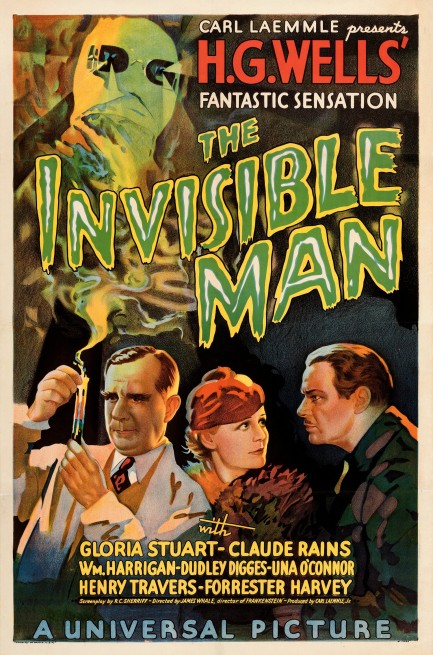
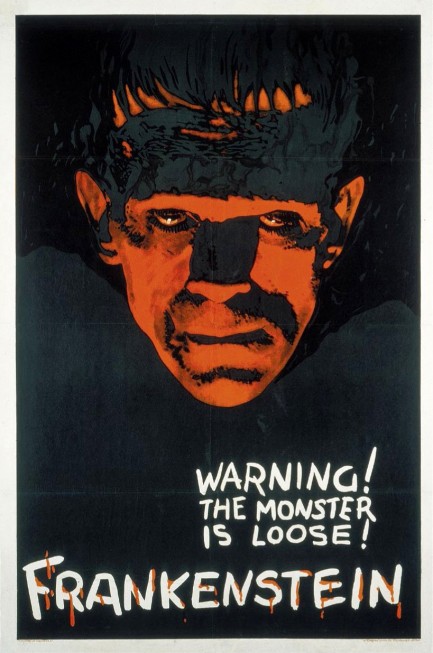
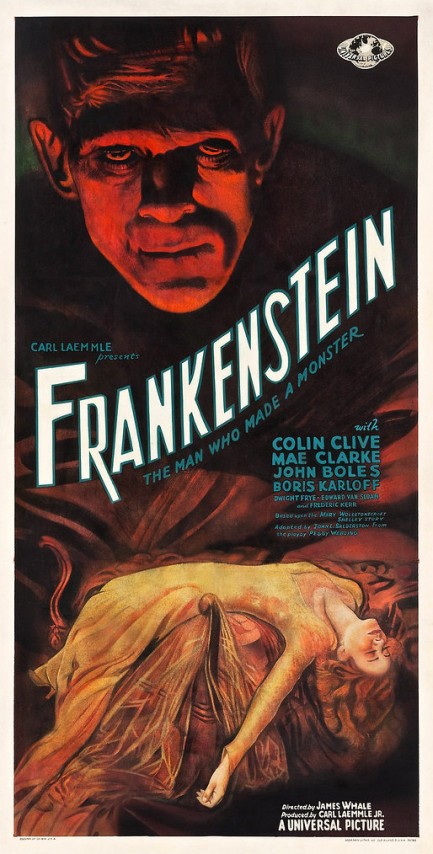
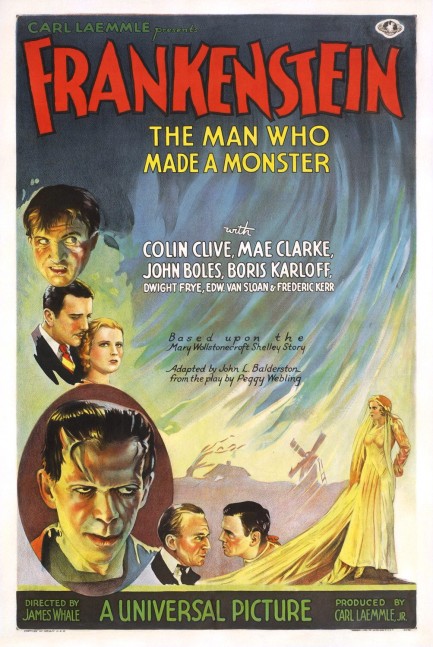
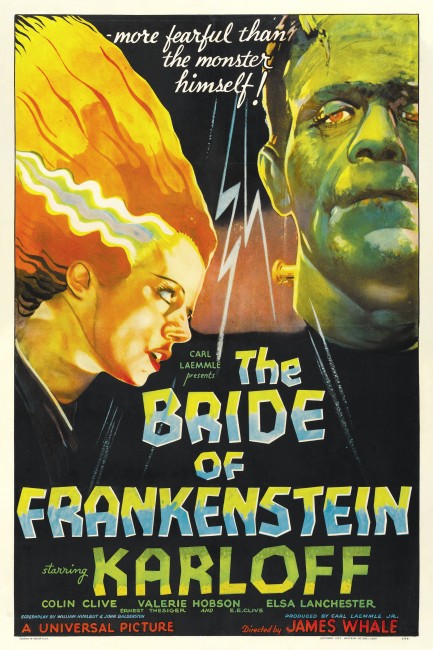
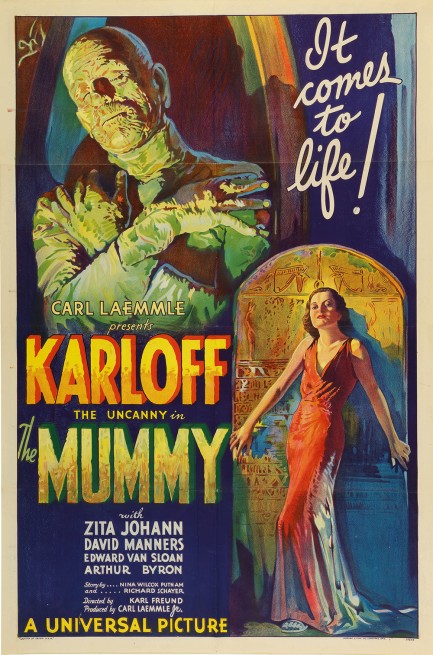
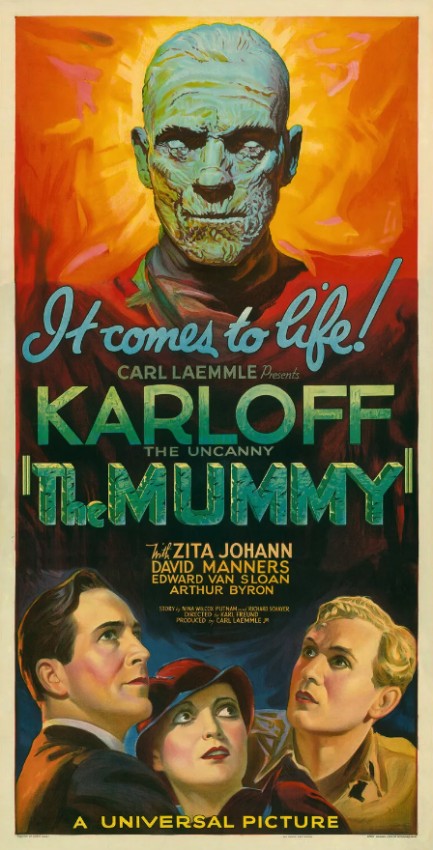
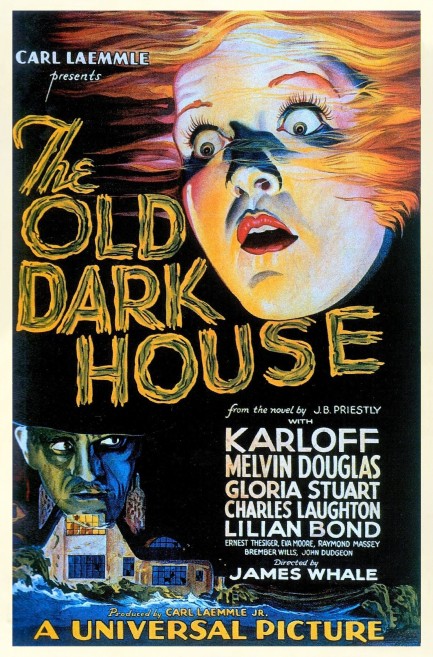
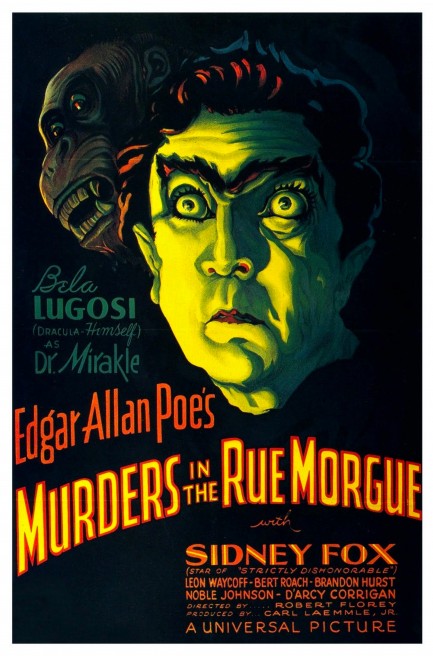
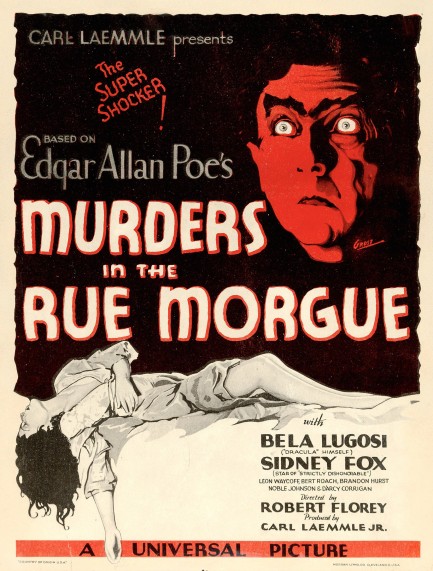
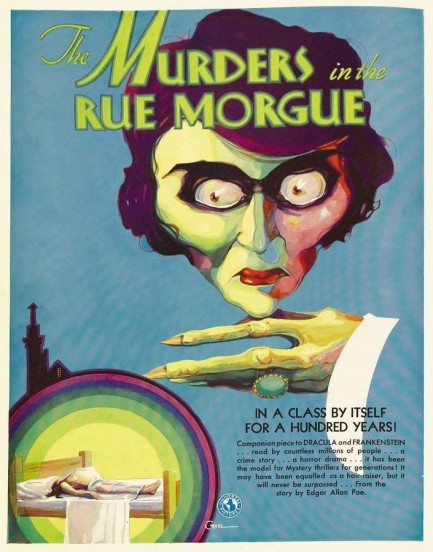
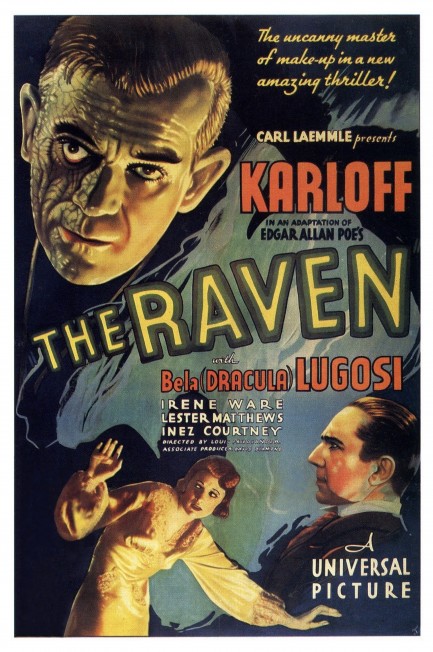
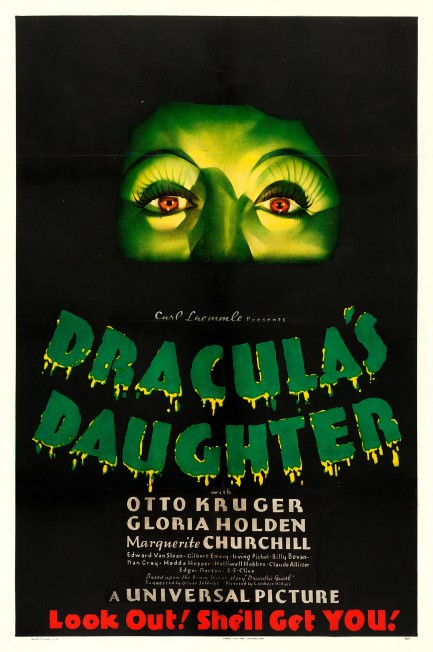











 The pure joy afro, as modeled by Gloria Hendry, who appeared in such films as Live and Let Die and Savage Sisters.
The pure joy afro, as modeled by Gloria Hendry, who appeared in such films as Live and Let Die and Savage Sisters. The regal, by Diahann Carroll, crown not included
The regal, by Diahann Carroll, crown not included The bohemian, by Esther Anderson, who appeared in flims like Genghis Khan and A Warm December.
The bohemian, by Esther Anderson, who appeared in flims like Genghis Khan and A Warm December. The aquatic, by Camella Donner, who's a true water sprit, as we've shown you before.
The aquatic, by Camella Donner, who's a true water sprit, as we've shown you before. The iconic, by Pam Grier, who did as much to popularize the afro as any film star in history.
The iconic, by Pam Grier, who did as much to popularize the afro as any film star in history. The tall and proud afro, worn by trans b-movie actress Ajita Wilson.
The tall and proud afro, worn by trans b-movie actress Ajita Wilson. The wild child, seen here atop Italian actress Iris Peynado.
The wild child, seen here atop Italian actress Iris Peynado. The supreme afro, seen here on Diana Ross.
The supreme afro, seen here on Diana Ross. The lovely innocence afro, by Brenda Sykes.
The lovely innocence afro, by Brenda Sykes. The you-could-be-bald-and-still-be-smokin'-hot, demonstrated by Get Christie Love star Teresa Graves.
The you-could-be-bald-and-still-be-smokin'-hot, demonstrated by Get Christie Love star Teresa Graves. The afro-warrior by Cleopatra Jones star Tamara Dobson. Definitely more in the category of a large perm, but she pioneered the high fashion afro, so she's earned some latitude.
The afro-warrior by Cleopatra Jones star Tamara Dobson. Definitely more in the category of a large perm, but she pioneered the high fashion afro, so she's earned some latitude. The too-cool-for-you afro/perm by Vonetta McGee.
The too-cool-for-you afro/perm by Vonetta McGee. The action afro, seen here on Jeannie Bell. This barely qualifies, but she had one of the largest afros in the history of cinema, so we can cut her some slack. Check her screen shot in this post to be amazed.
The action afro, seen here on Jeannie Bell. This barely qualifies, but she had one of the largest afros in the history of cinema, so we can cut her some slack. Check her screen shot in this post to be amazed. The bright-eyed and bushy, by Carol Speed.
The bright-eyed and bushy, by Carol Speed. The action afro again, this time by Trina Parks, who sported this look in Diamonds Are Forever. Is it technically an afro? Tell her it isn't and see what happens.
The action afro again, this time by Trina Parks, who sported this look in Diamonds Are Forever. Is it technically an afro? Tell her it isn't and see what happens. And lastly, the too-big-to-be-real afro, worn by Azizi Johari, whose actual hair you can see here.
And lastly, the too-big-to-be-real afro, worn by Azizi Johari, whose actual hair you can see here.























 La notte che Evelyn uscì dalla tomba, aka The Night Evelyn Came Out of the Grave, premiered in Italy today in 1971, and is an Italian made, set-in-England, gothic giallo flick for which we shared an unusual Greek poster some years ago. The art on that was retasked from the original poster, which was painted by Sandro Symeoni, a genius we've featured often. If you don't know his work, click his keywords below and have a look. He's worth your time.
La notte che Evelyn uscì dalla tomba, aka The Night Evelyn Came Out of the Grave, premiered in Italy today in 1971, and is an Italian made, set-in-England, gothic giallo flick for which we shared an unusual Greek poster some years ago. The art on that was retasked from the original poster, which was painted by Sandro Symeoni, a genius we've featured often. If you don't know his work, click his keywords below and have a look. He's worth your time.





















































































